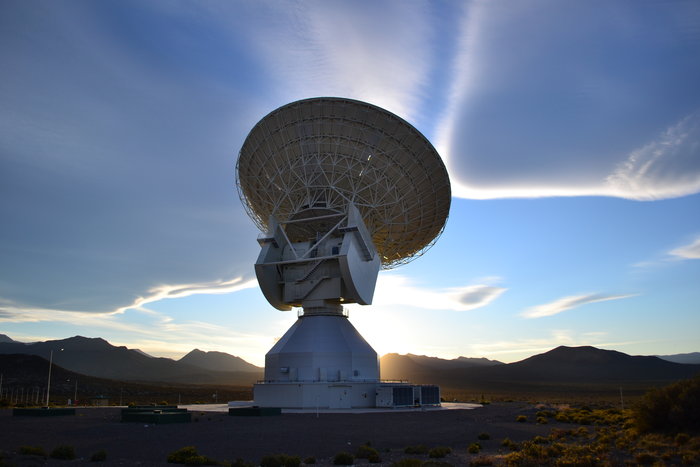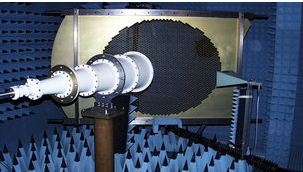Big Iron Gets Technology Boost
ESA’s three Deep Space Antenna stations at New Norcia, Australia, Cebreros, Spain and Malargüe, Argentina, beam commands and receive data from spacecraft voyaging hundreds of millions of kilometres into our Solar System. 
The trio form part of ESA’s Estrack tracking network a global system of stations providing links between satellites in orbit and the European Space Operations Centre, Darmstadt, Germany. The core network comprises 10 stations in seven countries.
The huge dishes – whose moveable structures weigh in at 620 tonnes – can be rotated, elevated and aimed with pinpoint accuracy despite high winds and heat, and transmit radio signals with up to 20 kW of power – enough to run over 20 000 domestic coffee makers .
The stations’ stellar performance, however, isn’t just about big moving, mechanical things: they make use of advanced, made-in-Europe electronics, including cryogenically cooled low-noise amplifiers and exquisitely machined mirrors made of metal.
Exploiting the fundamental physics of radio waves and properties of geometric shapes, the stations use ‘dichroic mirrors’ made of metal, not glass, to reflect and separate the transmitted and received beams.

These mirrors are a metallic latticework comprising thousands of small shapes – either rectangles or crosses – and enable the stations to differentiate between radio signals ranging in frequency from 2 GHz to 40 GHz.
For more information about this study,visit the story at
http://www.esa.int/Our_Activities/Operations/Estrack/Big_Iron_gets_technology_boost
